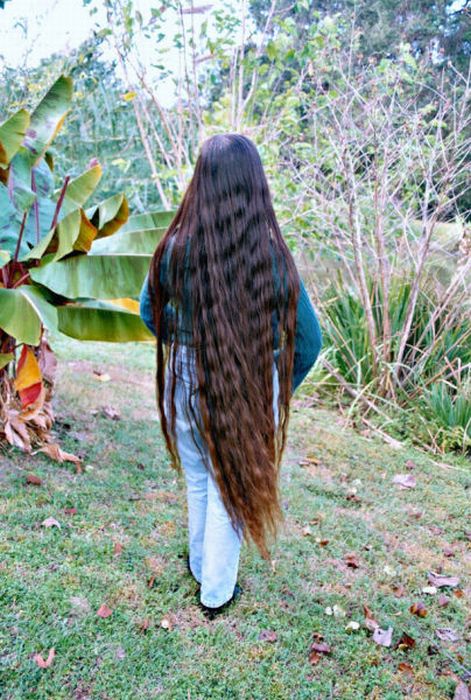|
|
Long Haired Girl
|
Dr. Alan R. Rogers, an evolutionary geneticist at the University of Utah, used mutations in the MC1R gene to estimate when human skin darkened. He said early humans may have gone through several genetic "clean sweeps" with light-skinned individuals dying off and dark-skinned individuals surviving. He estimates the last of these clean sweeps took place 1.2 million years ago. Therefore, apparent bareness in humans, likely has existed at least since that time. Later when humans began to live in more northerly latitudes, however, light skin became an advantage for the absorption of vitamin D and the recessive gene began to become more prevalent in those populations.
Balding, where terminal hair switches to vellus hair, usually occurs at around thirty to forty years of age. In prehistoric times, most individuals were not as likely to live past 30, with few reaching their fourth decade, and thus it wasn't likely that this trait was subject to selection.
Most species evolved as the climate in Africa changed, to adjust their thermoregulation to the intense UV and sunlight at the equator, mostly by panting. Early hominids likely possessed fur similar to other large apes, but about 2.5 million years ago they developed a greater distribution of sweat glands that enabled them to perspire over most of the body. It is not clear whether the change in body hair appearance occurred before or after the development of sweat glands. Humans have eccrine sweat glands all over our body. Aside from the mammary glands that produce a specialized sweat called, milk, most mammals just have apocrine sweat glands on their armpits and loin. The rest of their body is covered in eccrine glands. There is a trend in primates to have increased eccrine sweat glands over the general surface of the body. It is unclear to what degree other primates sweat in response to heat, however.
The sweat glands in humans could have evolved to spread from the hands and feet as the body hair changed, or the hair change could have occurred to facilitate sweating. Horses and humans are two of the few animals capable of sweating on most of their body, yet horses are larger and still have fully developed fur. In humans, the skin hairs lie flat in hot conditions, as the erector pili muscles relax, preventing heat from being trapped by a layer of still air between the hairs, and increasing heat loss by convection.
|
|









